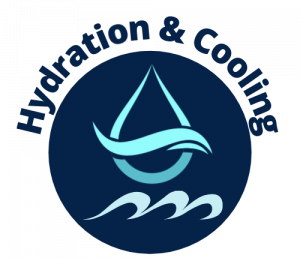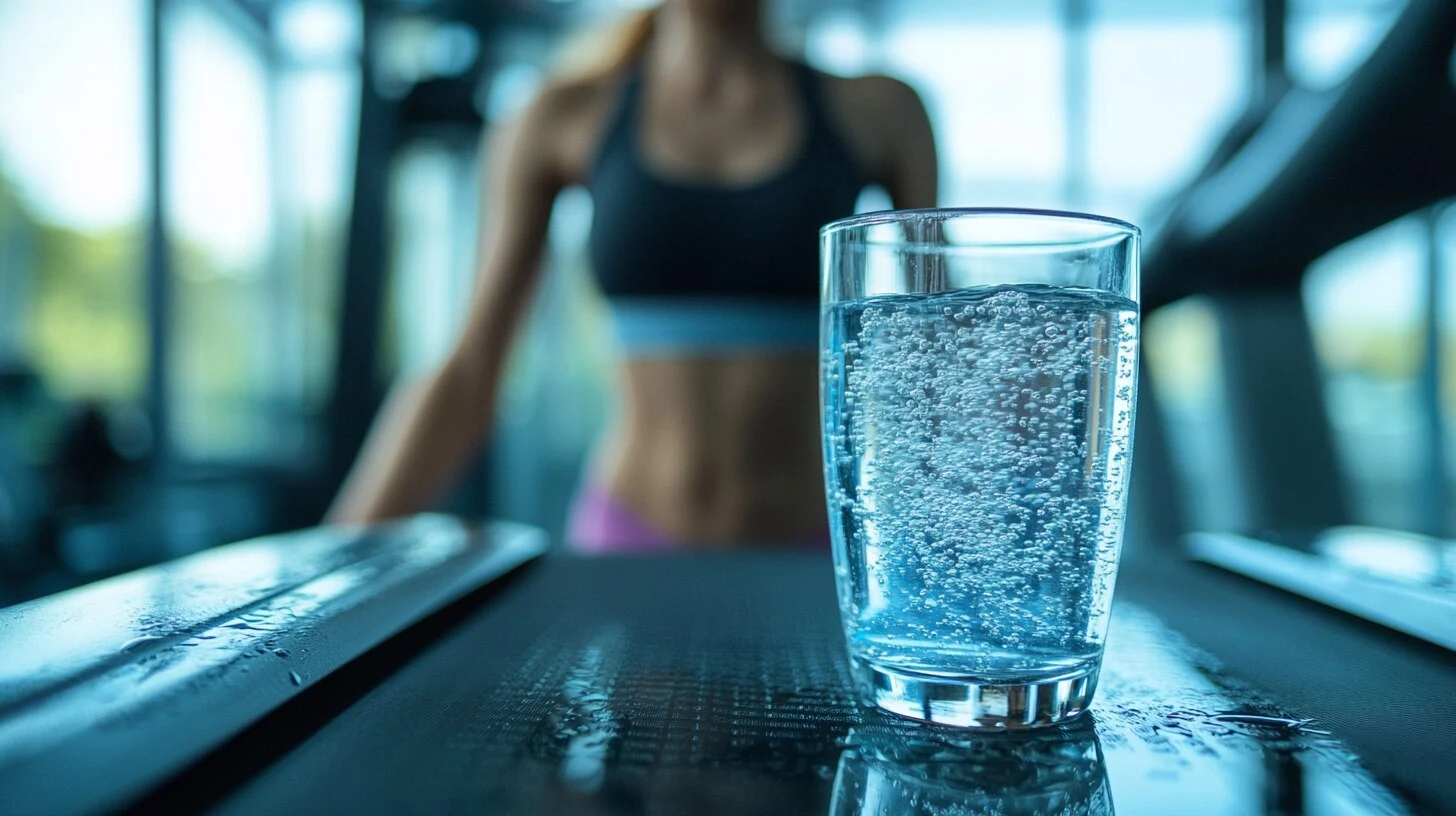When athletes exert themselves, they lose more than just water through sweat—they also deplete essential electrolytes and burn energy reserves. Commercial sports drinks aim to replace these elements, but often come with unwanted additives, artificial sweeteners, and excessive sugar. Creating your own homemade electrolyte drink allows you to control exactly what goes into your body while providing the hydration and energy support you need.
Understanding the Purpose of Sports Drinks
The primary function of sports drinks is threefold: to replenish lost fluids, restore essential electrolytes, and provide carbohydrates for energy. Commercial options like Gatorade contain water, sugars, preservatives (citric acid and sodium citrate), salt, and potassium compounds. While these ingredients serve important purposes, the additional artificial colors, flavors, and excessive sweeteners are unnecessary and potentially harmful.
Dehydration can lead to serious health issues like heat exhaustion or heatstroke, so proper fluid replacement is crucial during intense physical activity. However, you don’t need to sacrifice your health by consuming artificial additives when natural alternatives are available.
The Problem with Commercial Sports Drinks
A typical half-gallon of Gatorade contains approximately 112 grams of sugar—equivalent to 28 teaspoons! This is more than double what the World Health Organization recommends for rehydration purposes. While some carbohydrates are necessary for energy replacement, commercial drinks vastly exceed the optimal amount.
The WHO’s rehydration guidelines suggest only 38-51 grams of sugar per half-gallon, making commercial options unnecessarily sweet. This excess sugar can counteract some of the health benefits you’re trying to achieve through exercise.
Creating a Balanced Natural Alternative
When developing a homemade electrolyte drink, it’s important to include the right proportions of electrolytes while maintaining a palatable taste. Here’s what each component contributes:
1. **Water**: The foundation for hydration
2. **Natural Sweeteners**: Honey provides carbohydrates for energy in a more complex form than refined sugar
3. **Salt**: Replaces sodium lost through sweat
4. **Baking Soda**: Provides different sodium compounds and helps neutralize lactic acid buildup
5. **Citrus Juice**: Contributes flavor, potassium, and beneficial compounds
Unlike white sugar or high fructose corn syrup, honey contains different natural sugars (fructose, glucose, maltose, and small amounts of sucrose) that are absorbed at varying rates. This provides more sustained energy without the dramatic blood sugar spikes.
Electrolyte Balance: Getting the Proportions Right
Each electrolyte plays a specific role in bodily functions:
**Sodium**: Essential for nerve function and fluid balance. Our recipe provides approximately 75-80 mg/oz from salt and additional sodium from baking soda, similar to the WHO recommendations. Your body will naturally tell you if the drink is too salty—it should taste just right when you’re genuinely depleted.
**Potassium**: Crucial for muscle function. Lemon juice contributes about 2 mg/oz, while orange juice (in the alternative version) provides about 3.5 mg/oz. For increased potassium, you can add a small amount of cream of tartar.
**Magnesium**: Often overlooked but vital for muscle recovery. Using unrefined salt helps provide trace amounts of magnesium along with other minerals. For additional magnesium, consider adding a magnesium supplement powder.
**Calcium**: Important for bone health and muscle contraction. Unrefined salt contains trace amounts, but additional calcium may be beneficial.
Homemade Electrolyte Drink Recipe
This recipe creates a half-gallon of natural electrolyte drink that balances proper hydration with appropriate levels of electrolytes and energy-providing carbohydrates.
**Ingredients:**
– 1/2-3/4 tsp unrefined sea salt
– 1/4 tsp baking soda
– 7 cups water
– 1/2 cup lemon juice (freshly squeezed or organic)
– 1 Tbsp lime juice
– 1/4 cup honey OR 1/4 tsp clear liquid stevia OR 1/8 tsp powdered stevia extract
**Instructions:**
1. Mix the salt and baking soda with water until dissolved. Some people heat the water slightly to aid dissolution, but shaking vigorously works well too.
2. Add the lemon juice, lime juice, and your chosen sweetener, then shake well to combine. Honey may be difficult to incorporate—use a long knife to stir and shake thoroughly before serving.
3. Store refrigerated for up to a week.
**Flavor Variations:**
– For an orange-flavored version, substitute 1/2 cup orange juice and 2 Tbsp lemon juice for the lemon/lime mixture.
– For those who prefer maple syrup, it can be substituted for honey in equal amounts, providing a different mineral profile and flavor.
When to Use Electrolyte Drinks
It’s important to note that not every workout requires an electrolyte replacement drink. For most moderate exercise lasting less than an hour, plain water is typically sufficient. Electrolyte drinks are most beneficial during:
– Intense workouts lasting more than 60-90 minutes
– Exercise in hot, humid conditions causing significant sweating
– Endurance events like marathons or long-distance cycling
– Recovery from illness involving fluid loss
– Periods of excessive heat exposure
For everyday hydration needs, water remains the best choice. Save your homemade electrolyte drink for situations where you’re genuinely depleting your body’s reserves.
Making It Convenient
To make this solution more portable, consider these options:
– Freeze concentrated versions in ice cube trays to dilute later
– Pre-mix the dry ingredients (salt, baking soda, sweetener) for quick preparation
– Store in insulated bottles to keep cool during outdoor activities
This homemade electrolyte drink not only saves money compared to commercial options but also provides superior nutritional support without unwanted additives. By understanding the science behind electrolyte replacement and creating your own natural alternative, you’re taking control of your health while maintaining optimal athletic performance.



